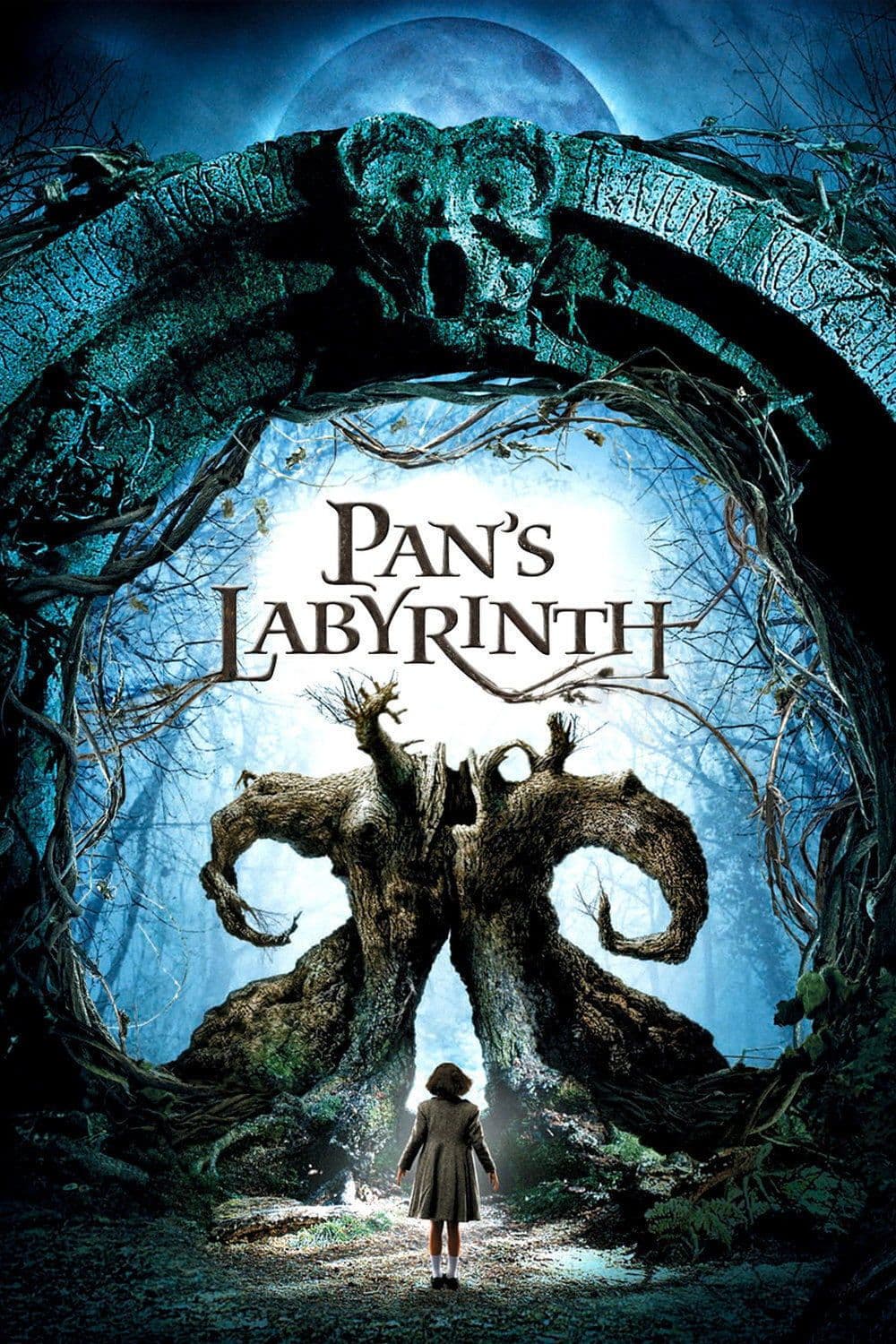
Pan's Labyrinth
2006
Rate this movie
Average: 5.00 / 5
(1 votes)
Director
Guillermo Del Toro is a director who loves to dedicate himself to small productions where he crafts works intrinsically rich in surrealism and a sense of the fantastic, compatible with his institutional commitments in Hollywood, where he is a highly sought-after talented director for much richer productions. This duality, far from being a contradiction, defines his unmistakable authorial imprint: a craftsman of the fantastic who, while moving among industry giants, never gives up exploring his deepest thematic obsessions. His filmography is a labyrinth of malfunctioning clocks, curious insects, creatures as monstrous as they are intrinsically human, and above all, a sharp and poignant reflection on the nature of Evil and redemption, often set against the backdrop of historical events that have deeply marked the soul of his country.
In this instance, he focuses on a work made in Spain with almost independent cinema means, conceiving a story set during the Francoist period, which Guillermo reinterprets in a fantasy key with his usual visionary verve. The setting is not merely a backdrop: Spain in 1944, with its wounds still open from the Civil War, its totalitarian regime suffocating every glimmer of freedom and hope, becomes the quintessence of real horror. Del Toro does not merely paint a historical fresco but imbues it with the gothic and fairytale sensibility that characterizes his cinema, creating a tight and often brutal dialogue between the rawest reality and the wildest fantasy. The film, in fact, ideally fits into an informal trilogy alongside "The Devil's Backbone" and the more recent "The Shape of Water," a journey through the horror of war and the search for beauty and humanity in the monstrous, with the common thread of Spain and Mexico as the stage for dark fairytales for adults.
The creatures brought to life by the special effects department are wonderful; it's also worth remembering our Lorenzo Tamburini who contributed to the creation of the Faun's prosthetic parts, a creature both enchanting and unsettling, seemingly born from the baroque pencil of Enrique Breccia. The craftsmanship of Tamburini and the team, who worked with an almost fetishistic preference for practical effects, lends these figures a tangibility and stage presence that pure digital effects could hardly match. The Faun, masterfully played by Doug Jones, is the archetype of the ambiguous guardian, an ancestral figure evoking both the satyrs of classical mythologies and the creatures of darker folk tales, a bridge between Ofelia's world and the underworld she is called to explore. Beside him, the terrifying Pale Man, with his eyes in his hands, embodies blind hunger and primordial malice, a visceral allegory of tyranny and its insatiable voracity. He is a monster that, unlike the Faun, presents no ambiguity: he is pure, ravenous Evil, a visual manifestation of the hunger and violence permeating Ofelia's external world, a kind of living nightmare that feeds on innocence.
The narration is indeed centered on the grafting of the dream plane onto the real plane, a blend that creates a homogeneous narrative fabric without any kind of forcing. The alternation of the Real and the Fabulous occurs, moreover, with disarming naturalness, lending the story a suggestive Fellinian touch. It is not simple escapism, but rather a clear narrative strategy: the fantastic becomes a language, a lens through which to interpret and perhaps survive the unspeakable horror of History. As in certain neorealist dramas that did not shy away from surreal or grotesque elements, Del Toro elevates fantasy to a tool of resistance, a refuge not for forgetting, but for confronting, for metabolizing the unbearable weight of a distorted reality. The permeability between the two worlds is so organic as to suggest that one cannot exist without the other, that the brutality of war cannot be understood without the salvific madness of imagination. Ofelia does not flee reality, but reshapes it, filters it through the prism of the fairytale, arming herself with courage and disobedience.
The story is set in Francoist Spain in '44. A woman has married a captain in the government army and joins him at a military outpost with her daughter Ofelia, from a previous union. The child will show intolerance for her stepfather's bullying and will take refuge in a world populated by fauns and grotesque creatures. Captain Vidal, portrayed with icy ferocity by Sergi López, is not simply an antagonist but the most authentic embodiment of human evil. His obsession with order, cleanliness, military discipline, and control is a mask for a brutal cruelty and a chilling emotional void. He is a man who destroys time, by repairing clocks, but is incapable of understanding life. The contrast between his domestic tyranny and the violence of the civil war is masterful, highlighting how bestiality can take on both the grotesque forms of fantasy and the much more frightening ones of normality.
The tragedy that brushes her will thus be merely an accident on the wrong side of existence. Her choice not to obey, not to bow to the brutal logic of the adult world and war, is an act of pure will, of spiritual rebellion. Ofelia, in this sense, is not a passive victim but an active heroine who makes a series of morally complex choices, guided not so much by the Faun as by her own intrinsic purity and the desire for a different world. Her journey is not a flight, but an ascent, an initiatory voyage that leads her to confront her fears and define her identity beyond external impositions. The figure of Mercedes, the housekeeper, adds a further layer of feminine and silent rebellion, an act of daily resistance that contrasts with the passivity of Ofelia's mother, a further confirmation that true strength lies in the ability to oppose oppression, whether explicit or subtle.
A film where the power of fantasy bends every squalor of lived life and where war gives way to a saraband of dreams. Moving and visionary, it keeps the viewer suspended between an enchanted labyrinth and a dimension where History expresses all its horror. "Pan's Labyrinth" is not just a dark fairytale; it is an elegy to the resistance of imagination, an ode to the power of dissent in an era of forced conformity. It is a work that questions the meaning of monstrosity, suggesting that the true monsters are not those that populate our childhood fears, but those who wear uniforms and wield power. With its breathtaking aesthetic, compelling narrative, and profoundly human message, the film stands as a timeless masterpiece, capable of enchanting and terrifying, of moving and making one reflect on the cruelty of reality and the sublime, sometimes tragic, beauty of the fantastic.
Countries
Gallery

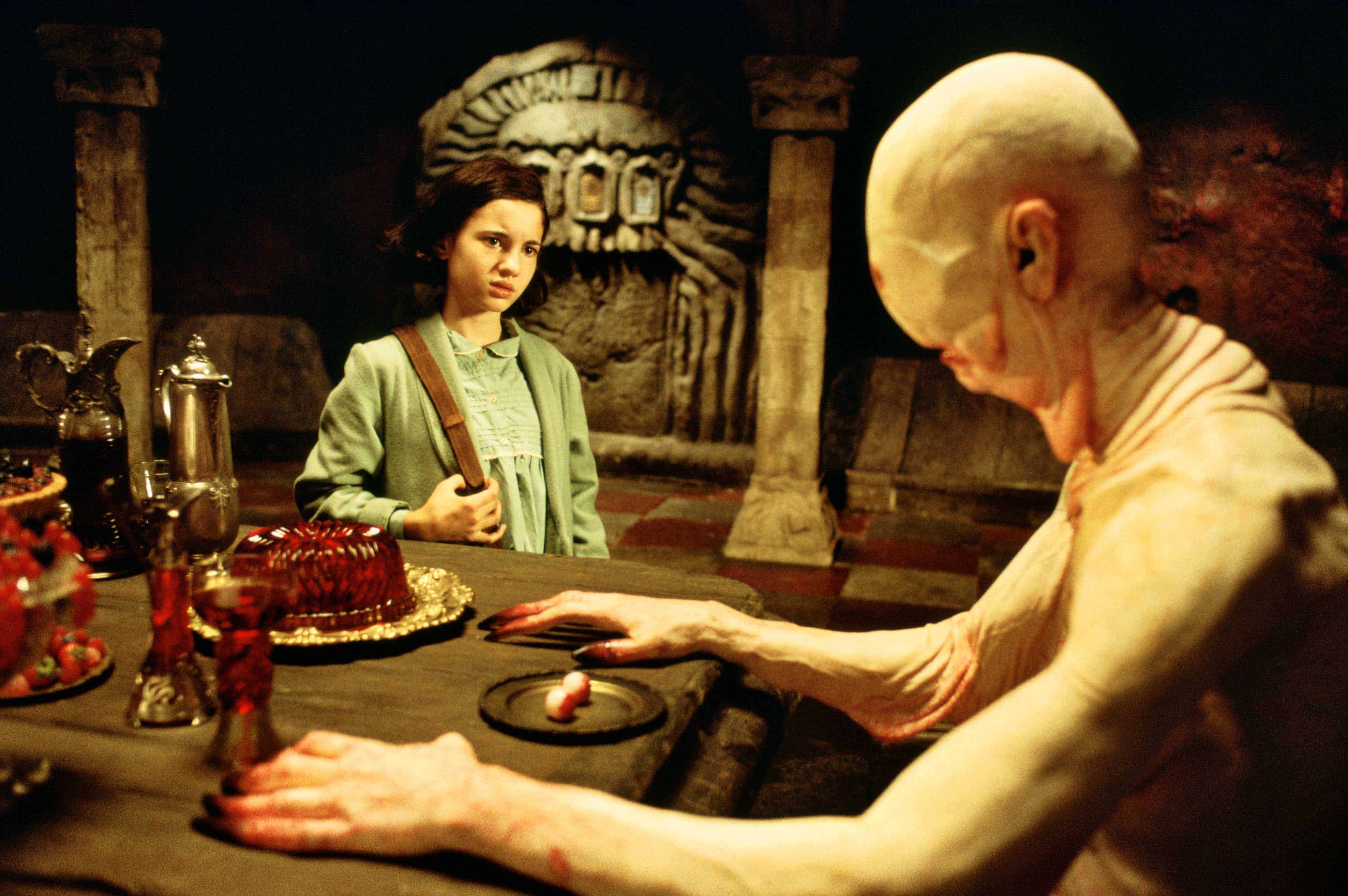

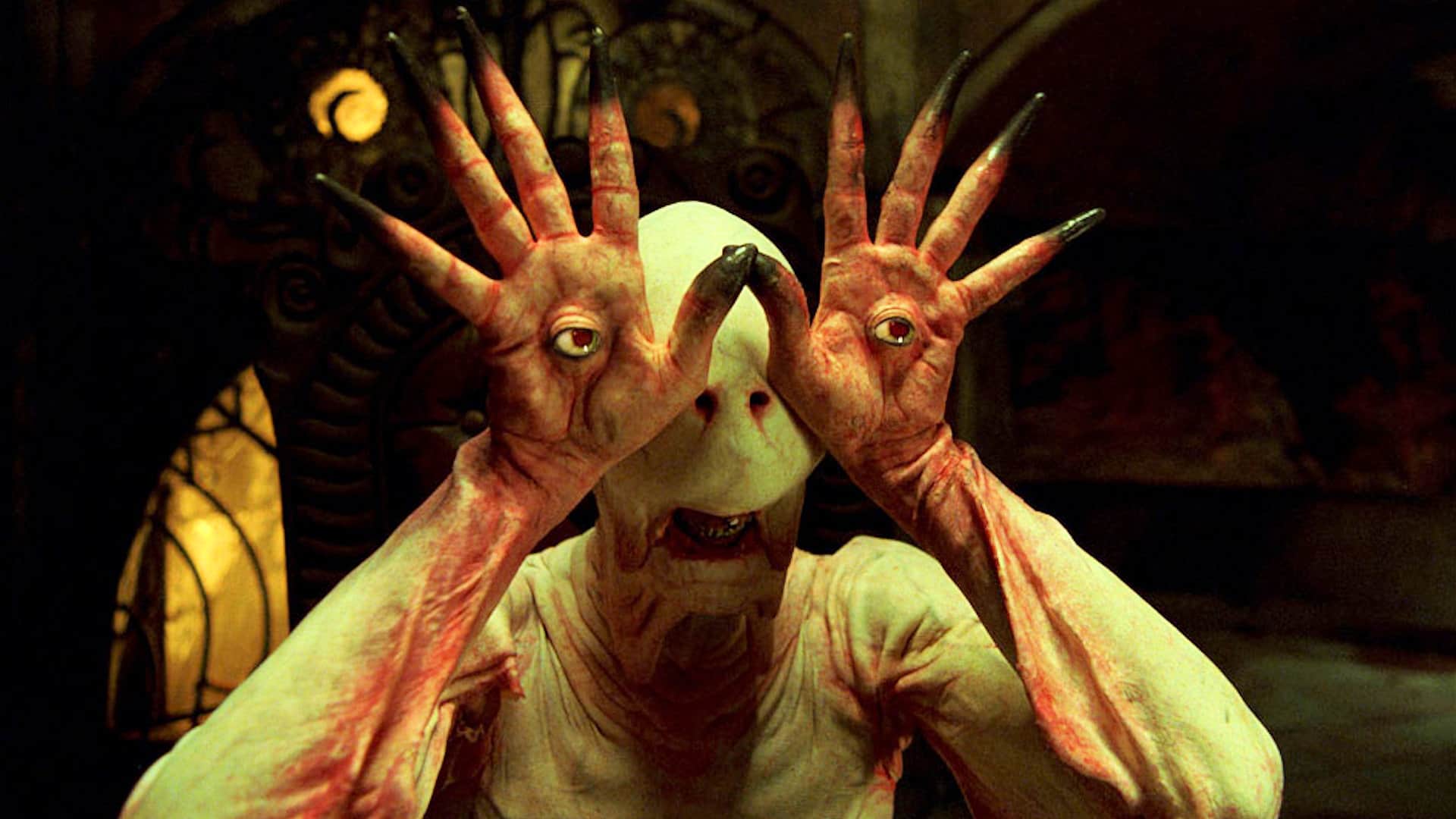

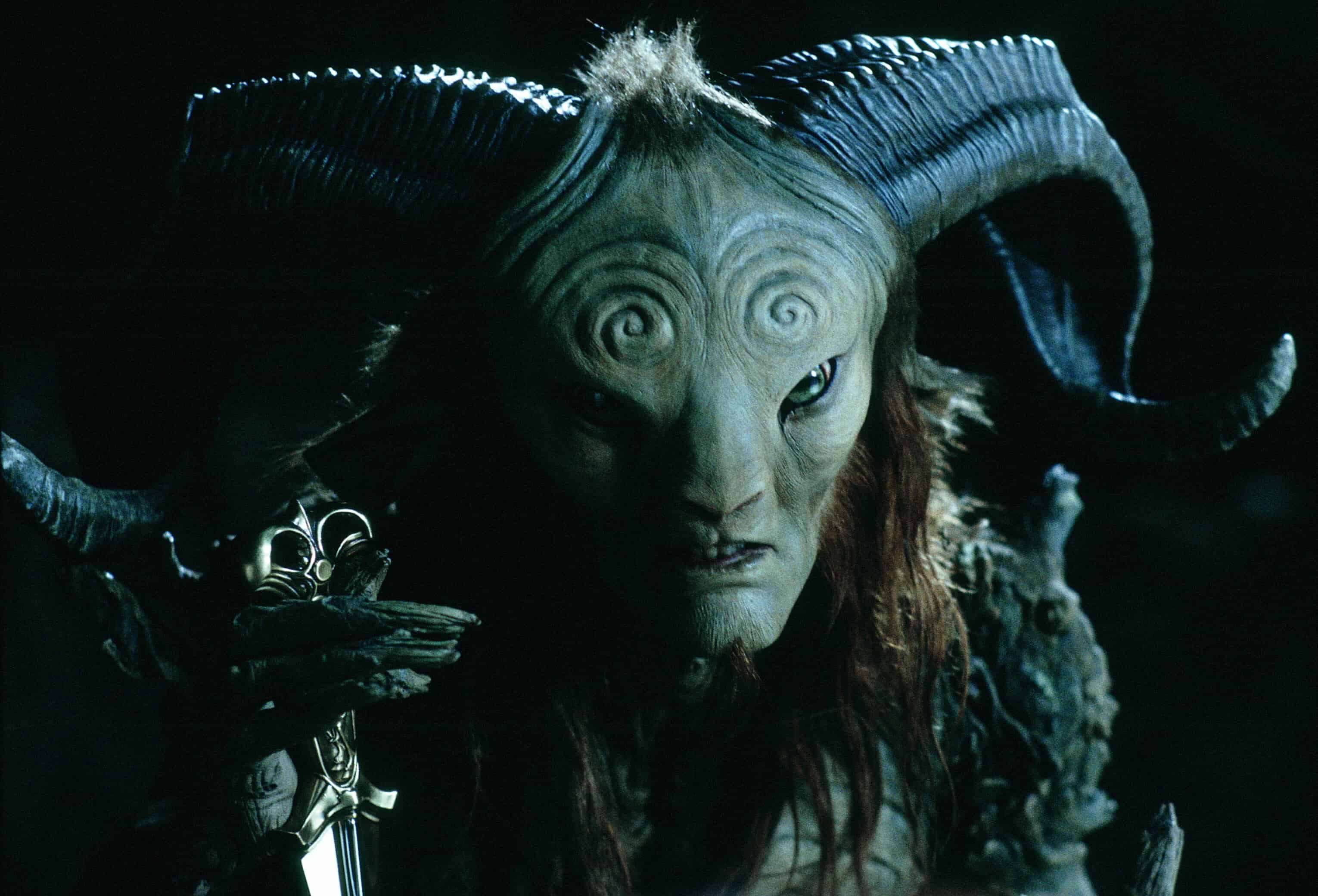
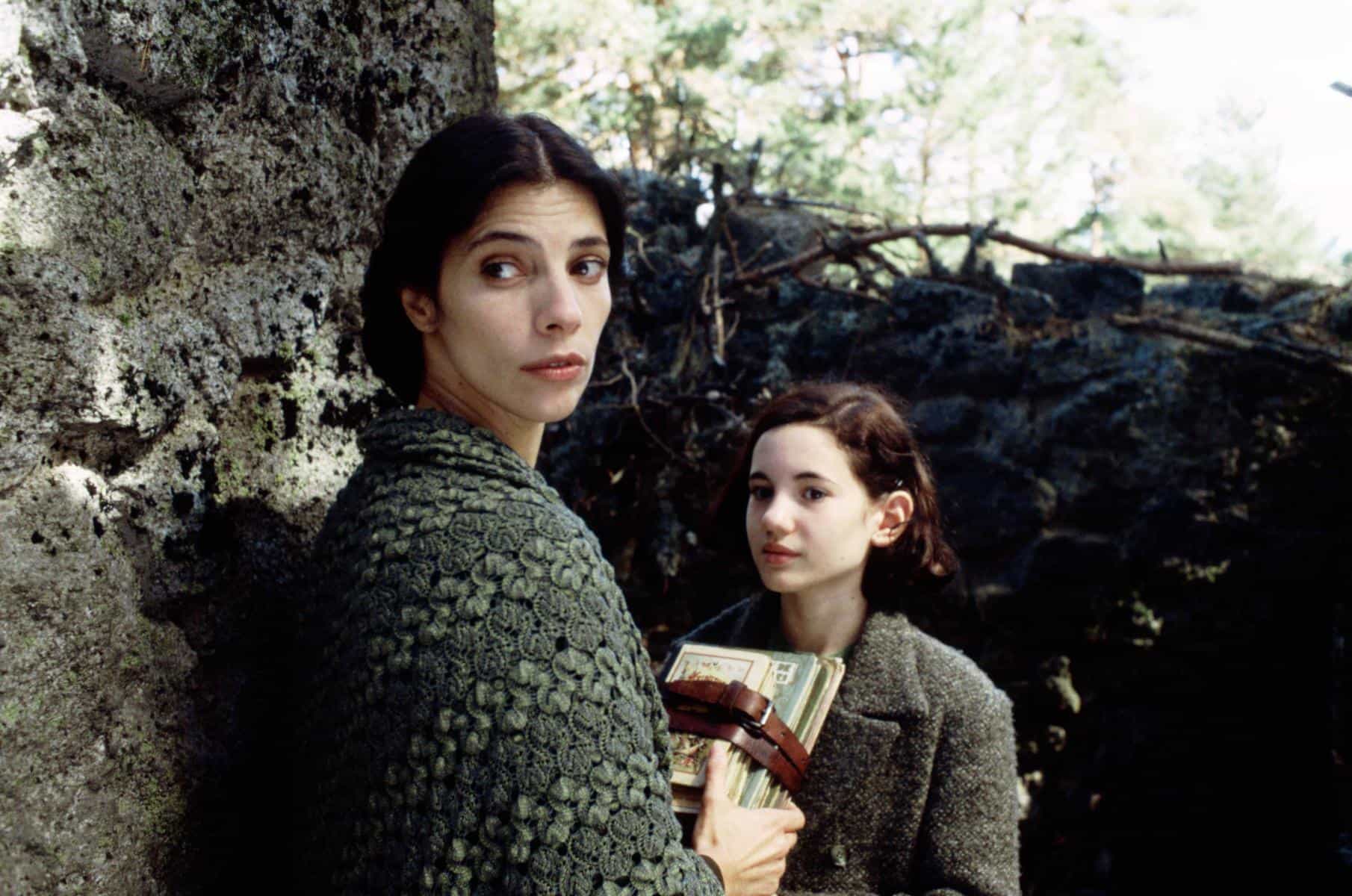
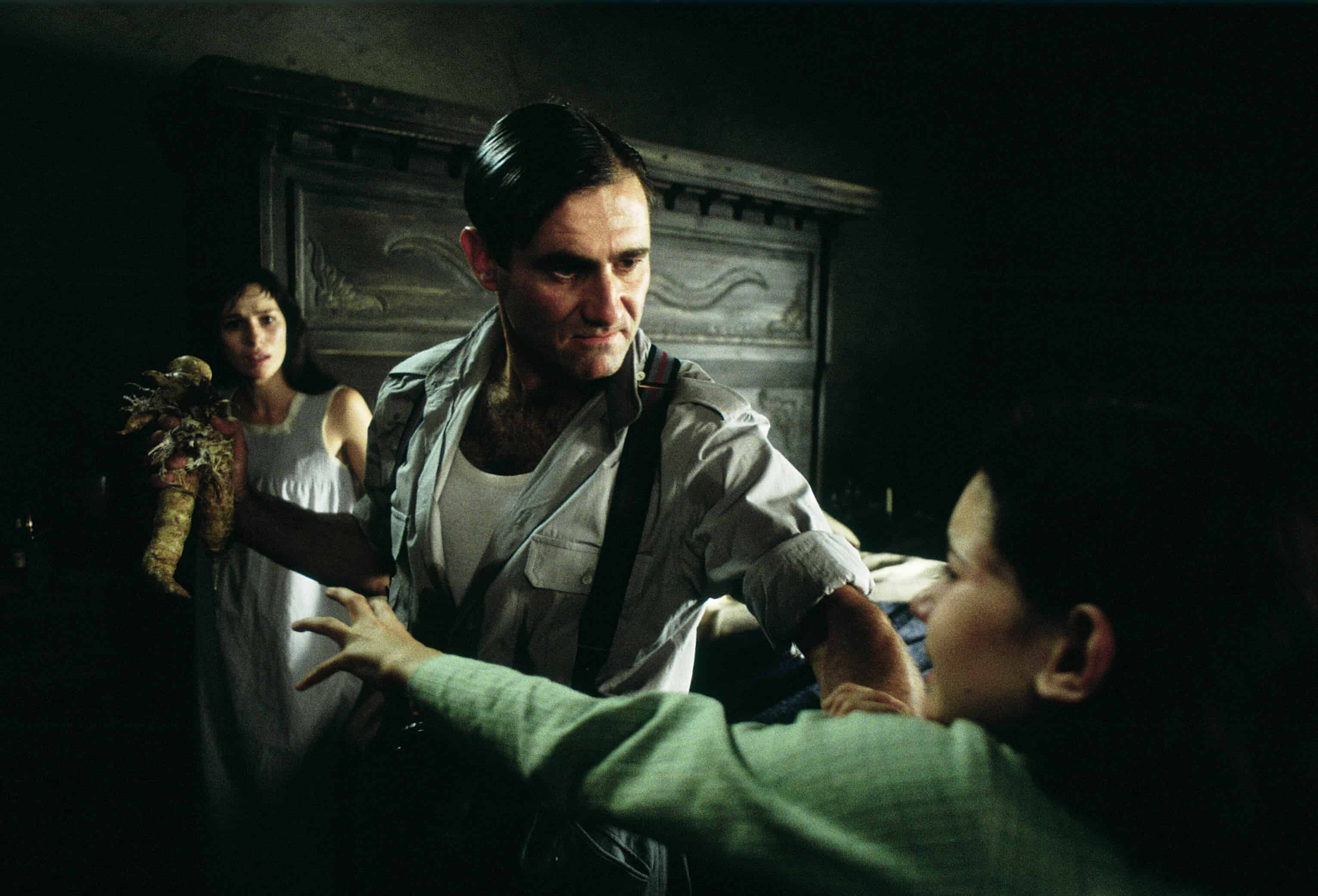
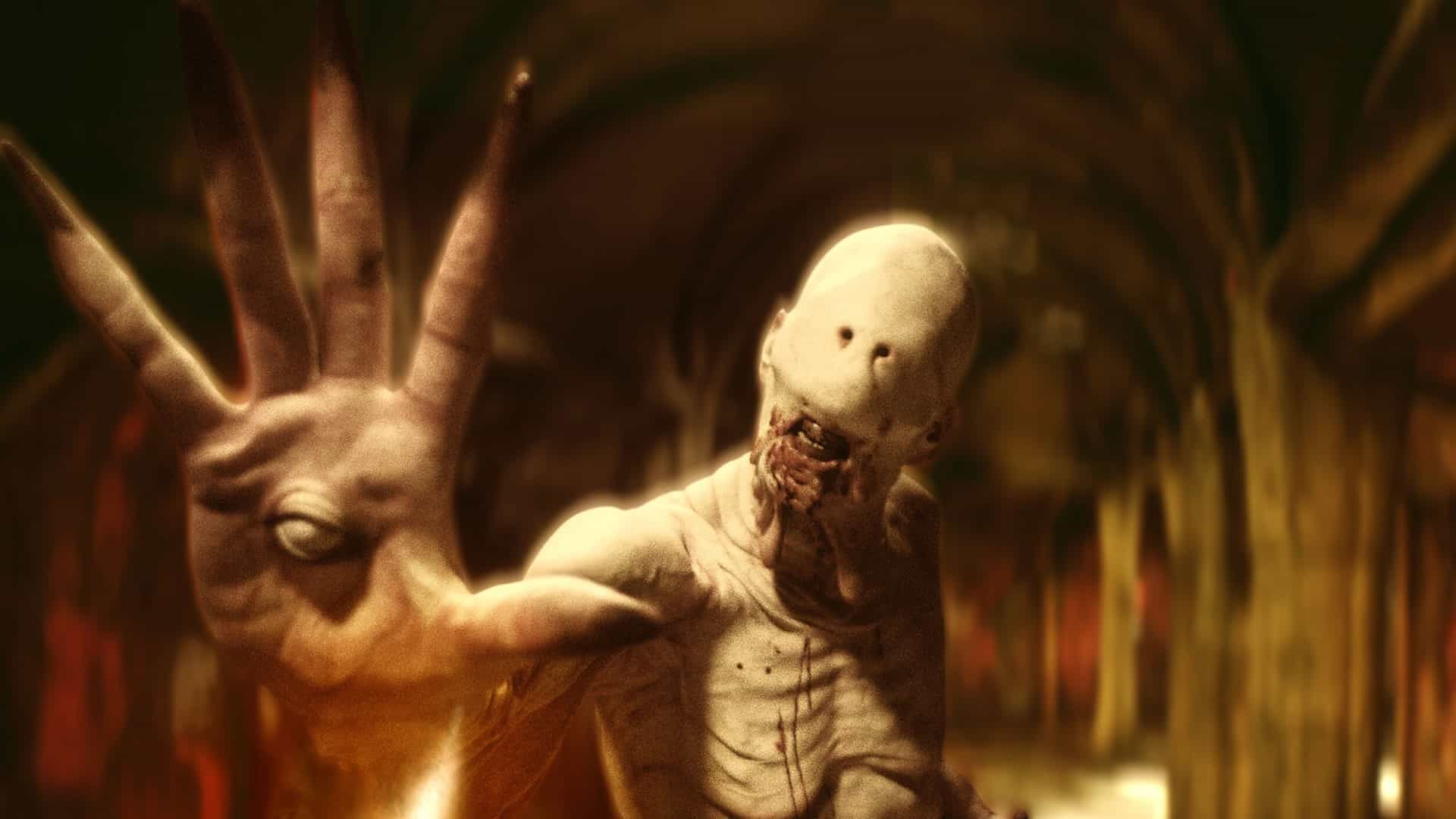
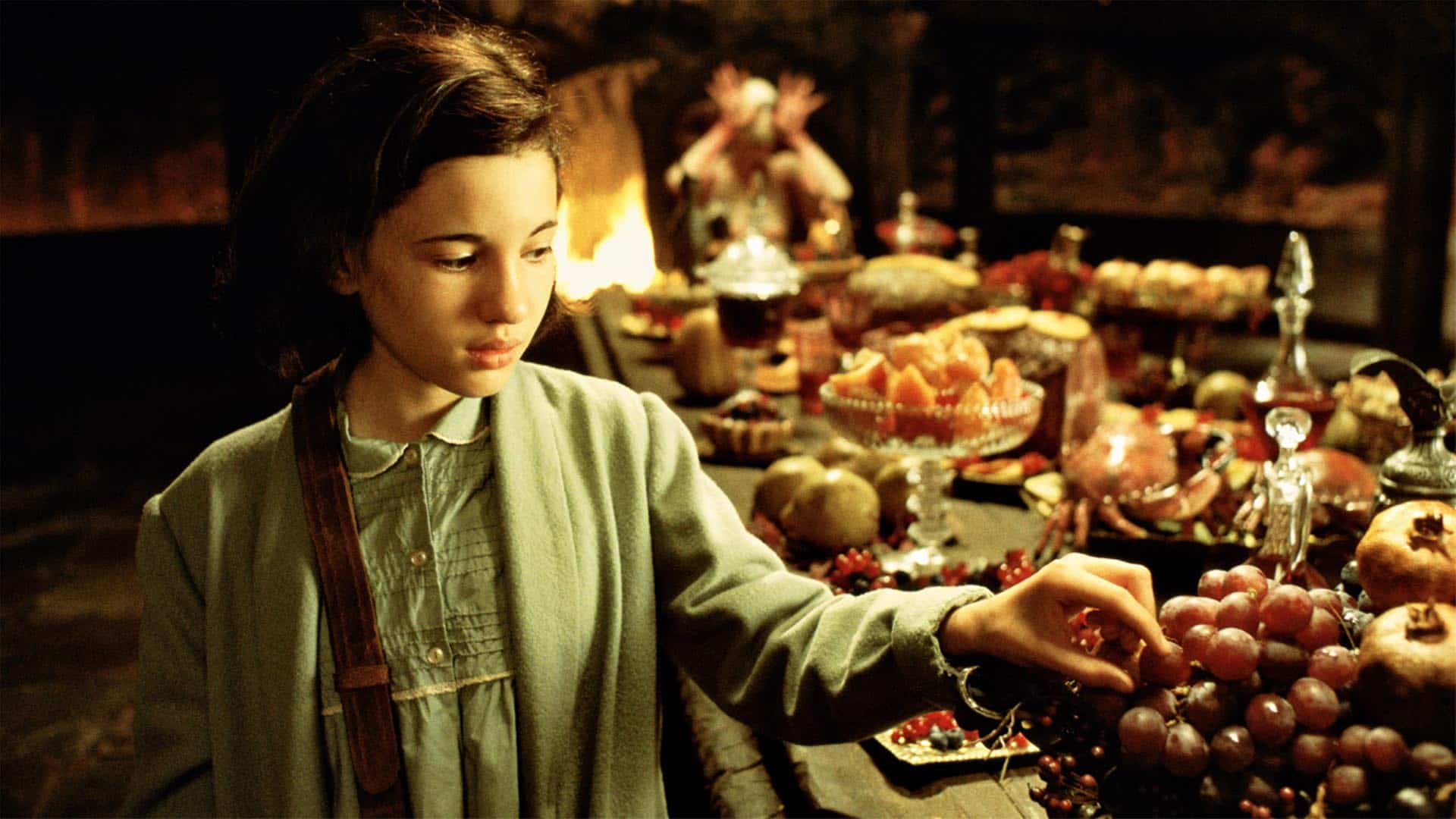
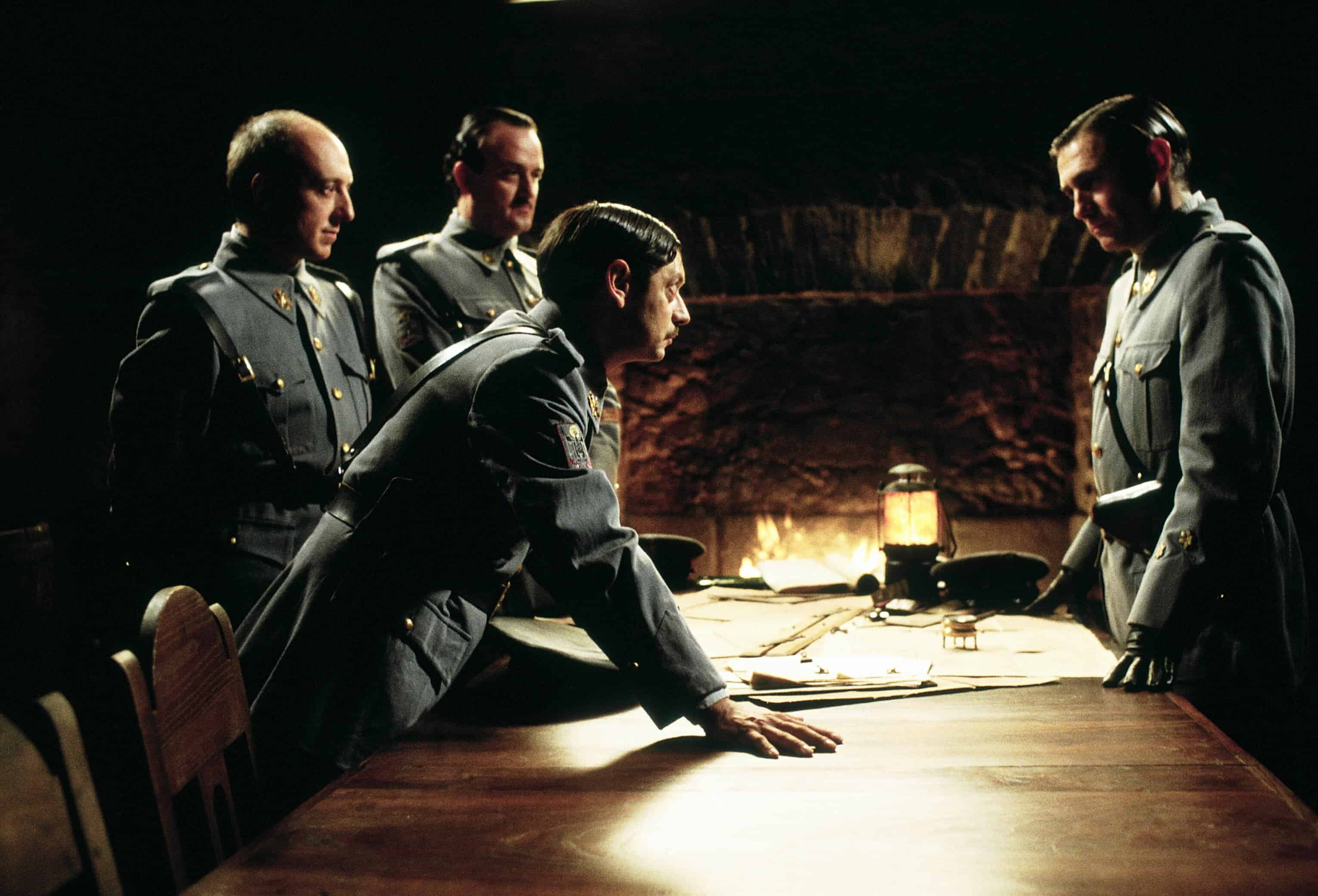
Comments
Loading comments...